Request Demo
Last update 09 Oct 2025

National Natural Science Foundation of China
Last update 09 Oct 2025
Overview
Related
3,444
Clinical Trials associated with National Natural Science Foundation of ChinaIRCT20200325046855N1
Comparison of the clinical outcomes of percutaneous vertebroplasty vs. kyphoplasty for the treatment of osteoporotic Kümmell’s disease
Start Date20 Feb 2637 |
Sponsor / Collaborator |
IRCT20200205046378N1
arthroscopic lateral patella retinaculum releasing through/outside synovial membrane for the treatment of lateral patellar compression syndrome
Start Date22 Nov 2635 |
Sponsor / Collaborator |
ChiCTR1900026826
Effect of Magnesium sulphate on target-controlled infusion of propofol
Start Date24 Oct 2109 |
Sponsor / Collaborator |
100 Clinical Results associated with National Natural Science Foundation of China
Login to view more data
0 Patents (Medical) associated with National Natural Science Foundation of China
Login to view more data
243
Literatures (Medical) associated with National Natural Science Foundation of China01 Sep 2025·Journal of Environmental Sciences
Distribution and imbalance of basic research funding in environmental chemistry in China
Article
Author: Jiang, Guibin ; Wang, Weiyi ; Zhuang, Qiankun ; Liu, Qian
This study investigates the distribution and imbalances of research funding in the field of Environmental Chemistry, utilizing application and funding data from the National Natural Science Foundation of China (NSFC) over the past decade. The findings reveal significant regional disparities, with Eastern regions receiving over 70 % of the national funding, while the Northeast accounts for only 4 % to 6.5 %. Additionally, the analysis shows notable differences in funding allocation among various research institutions, with a substantial portion of funds concentrated in a few leading institutions, leading to inequities across different types and levels of organizations. The impact of applicant gender on funding disparities is relatively minor; although female applicants have a slightly lower funding rate, the concentration of funds is marginally higher among females. Furthermore, the study highlights that key projects and talent-oriented initiatives, due to their significant funding concentration, exacerbate the existing imbalances. Overall, this research provides valuable insights for optimizing funding policies and advocates for a more equitable distribution of resources in Environmental Chemistry research, addressing the identified disparities.
01 Sep 2025·Acta Biomaterialia
Hybrid cell-membrane-coated biomimetic nanoparticles for targeted noninvasive intervention in early diabetic retinopathy
Article
Author: Yang, Fan ; Jiang, Meng ; Guo, Shurong ; Zhan, Zongyi ; Sun, Difang ; Gong, Haijun ; Zhou, Yiming ; Zhang, Yichi ; Zhou, Qihang ; Du, Yufei ; Deng, Xiaowen ; Zhang, Lu ; Li, Zhenping ; Lan, Yuqing ; Zhang, Mengting ; Su, Yuanyuan ; Gui, Shushu
Diabetic retinopathy (DR), a diabetes mellitus-induced ocular complication, demands non-invasive and effective early interventions to halt disease progression. Here, we developed biomimetic hybrid nanoparticles ([RBC-EC]-NPs) by coating fused membranes derived from red blood cells (RBC) and retinal endothelial cells (EC) on poly (lactic-co-glycolic acid) (PLGA) cores. Optimizing the membrane-to-PLGA ratio to 1:2 yielded stable nanoparticles that preserved critical membrane proteins, including CD47 (for immune evasion) and vascular endothelial cadherin (for endothelial targeting). The dual-coating strategy synergistically enhanced retinal endothelial targeting, suppressed pathological EC migration, and prolonged systemic circulation. In a STZ-induced diabetic rat model, intravenously administered [RBC-EC]-NPs selectively accumulated in retinal vasculature, significantly downregulating vascular endothelial growth factor expression, mitigating vascular leakage, thereby reducing formation of acellular capillary. Transcriptomic analysis revealed nanoparticle-mediated restoration of lysosomal function, lipid metabolism, and tumor necrosis factor-associated inflammatory pathways. Notably, systemic treatment also ameliorated dyslipidemia without inducing hematological or hepatic toxicity. Comprehensive biosafety evaluations confirmed the absence of acute tissue damage. Together, these findings demonstrated that [RBC-EC]-NPs could represent a potent and targeted nanotherapeutic platform for early-stage DR intervention, combining dual-cell membrane advantages with high biocompatibility. STATEMENT OF SIGNIFICANCE: Diabetic retinopathy (DR) remains a leading cause of blindness, and current treatments are largely invasive and limited to late stages. Here, we developed hybrid red blood cell-endothelial cell membrane-coated nanoparticles ([RBC-EC]-NPs) as a minimally invasive intravenous therapy. These biomimetic NPs uniquely combine endothelial targeting and immune evasion, enabling selective retinal vascular accumulation. Mechanistically, [RBC-EC]-NPs reduced VEGF overexpression, restored lysosomal-autophagy function, suppressed inflammation, and rebalanced lipid metabolism, thereby alleviating vascular leakage, preserving retinal microcirculation, and improving systemic lipid profiles in diabetic rat models. This study demonstrates the potential of [RBC-EC]-NPs as a safe, multifunctional therapeutic platform that targets the metabolic and vascular pathogenesis of early DR, offering a promising alternative to current intravitreal interventions.
01 Jul 2025·Fundamental Research
Biomaterials and materiobiology as the continuous powerhouse of biomedical innovation for our aging society
Author: Zhao, Ruifang ; Liu, Changsheng ; Su, Yuanyuan ; Nie, Guangjun ; Zhao, Yuliang ; Ma, Guanghui ; Wang, Puyue ; Li, Shuo
4
News (Medical) associated with National Natural Science Foundation of China28 Mar 2024
A recent study reveals an unexpected link between manganese -- a naturally occurring mineral -- and increased carbon emissions from high-latitude boreal forests. The study uncovers how manganese increases carbon emissions from boreal forest soil, over time, challenging conventional understanding of the role of manganese in the carbon cycle.
Manganese in the soil of boreal forests has been found to work against the carbon storage capacity of these crucial northern habitats.
Located predominantly in cold regions at high latitude, boreal forests are estimated to store nearly 30 percent of the world's soil carbon, making them the world's largest reservoir of land-based carbon. This stored carbon is found mostly in the forests' humus layer, which contains decomposed leaves and other organic matter.
A global, long-term study led by Duke University researchers has found that higher levels of manganese in this layer stimulated decomposition of soil organic matter, and released more carbon dioxide than did those forest plots with less or no manganese. The work appeared March 19 in the Proceedings of the National Academy of Sciences (PNAS).
"Conventional wisdom is these forests are like a global vault of carbon, where carbon is put into the vault versus taken out," said William H. Schlesinger, professor emeritus at Duke University's Nicholas School of the Environment and study co-author. "These findings reveal a crack in the vault, where enough manganese over time stimulates the release of carbon dioxide into the atmosphere, which has implications for climate mitigation efforts and the global carbon cycle," said Schlesinger.
Certain industrial processes, such as metal smelting or combustion of manganese-containing fuels, can release airborne manganese which is later deposited in soils downwind.
This is one of many human activities, such as the burning of fossil fuels, deforestation, and land-use changes, that have disturbed the natural carbon cycle, leading to an increase in atmospheric carbon dioxide concentrations that contribute to global warming and climate change.
"Carbon inventorying is still an evolving science," said Yunyu Zhang, lead author and graduate student from the Chinese Academy of Sciences. "It is essential to figure out which factors regulate this huge carbon pool [in boreal forests' soil], especially given continuous… industrialization."
Researchers analyzed data from boreal forests worldwide, and fertilized soil with manganese over 14 years (2009-2023) in China's Daxing'an Mountains. Results showed the level of exchangeable manganese -- the part of manganese that plants can use as nutrients -- determined how much carbon was stored in boreal forest soil. After four years, carbon storage on plots fertilized with manganese fell by nearly 13 percent, meaning more carbon was released into the atmosphere.
"To develop effective and sustainable strategies, it is critical to understand complex interactions between trace nutrients and carbon storage," Zhang said. "It is even more important to predict how those interactions work in the long term, considering the impact of human activities."
Schlesinger emphasized the need for further research and action, noting how the study's findings highlight the importance of soil nutrient dynamics, such as the level of exchangeable manganese, in climate change mitigation efforts.
He urged further study of the role of manganese not only in soil, but also in the air, on land-based carbon emissions, the boreal forest ecosystem, and climate mitigation.
"There's no proverbial foolproof vault or absolute forest sink," Schlesinger said. "We need integrated approaches to land management and climate mitigation. Climate has traditionally been considered a major factor in carbon storage, but we now see how manganese is also a key indicator, something that has long been overlooked and underexamined."
The National Natural Science Foundation of China and Chinese Academy of Sciences co-funded the study.
Clinical Result
24 Feb 2023
For the first time, scientists have used machine learning to create brand-new enzymes, which are proteins that accelerate chemical reactions. This is an important step in the field of protein design as new enzymes could have many uses across medicine and industrial manufacturing.
"Living organisms are remarkable chemists. Rather than relying on toxic compounds or extreme heat, they use enzymes to break down or build up whatever they need under gentle conditions. New enzymes could put renewable chemicals and biofuels within reach," said senior author David Baker, professor of biochemistry at the University of Washington School of Medicine and recipient of the 2021 Breakthrough Prize in Life Sciences.
As reported Feb, 22 in the journal Nature, a team based at the Institute for Protein Design at UW Medicine devised machine-learning algorithms that can create light-emitting enzymes called luciferases. Laboratory testing confirmed that the new enzymes can recognize specific chemicals and emit light very efficiently. This project was led by two postdoctoral scholars in the Baker Lab, Andy Hsien-Wei Yeh and Christoffer Norn.
To create new luciferase enzymes, the team first selected chemicals called luciferins that they wanted the proteins to act upon. They then used software to generate thousands of possible protein structures that might react with those chemicals.
During laboratory testing, the researchers identified an efficient enzyme, dubbed LuxSit (Let there be light). The enzyme performed the desired chemical reaction. Refinement of the enzyme led to dramatic improvements in performance. An optimized enzyme, dubbed LuxSit-i, generated enough light to be visible to the naked eye. It was found to be brighter than the natural luciferase enzyme found in the glowing sea pansy Renilla reniformis.
"We were able to design very efficient enzymes from scratch on the computer, as opposed to relying on enzymes found in nature. This breakthrough means that custom enzymes for almost any chemical reaction could, in principle, be designed," said Yeh.
New enzymes could benefit biotechnology, medicine, environmental remediation, and manufacturing. For example, in biotechnology, enzymes can improve biofuel production, food processing, and pharmaceutical manufacturing. In medicine, enzymes can serve as therapeutic and diagnostic tools. Enzyme design can improve the environment by breaking down pollutants or cleaning up contaminated sites. And enzymes may also aid in the production of new materials such as biodegradable plastics and adhesives.
This research was led by UW School of Medicine scientists and included collaborators at the University of California, Los Angeles.
This work was supported by the Howard Hughes Medical Institute, National Institutes of Health (K99EB031913), United World Antiviral Research Network, National Institute of Allergy and Infectious Disease (1 U01 AI151698-01), Audacious Project at the Institute for Protein Design, Open Philanthropy Project Improving Protein Design Fund, Novo Nordisk Foundation (NNF18OC0030446), National Science Foundation (CHE-1764328, OCI-1053575), and Eric and Wendy Schmidt by recommendation of the Schmidt Futures program. National Natural Science Foundation of China (22103060) provided partial computational resources.
Yeh AH, Norn C, Kipnis Y, Tischer D, Pellock SJ, Evans D, Ma P, Lee GR, Zhang JZ, Anishchenko I, Coventry B, Cao L, Dauparas J, Halabiya S, DeWitt M, Carter L, Houk KN, Baker D.
De novo design of luciferases using deep learning.
Nature. 2023 Feb;614(7949):774-780. doi:
10.1038/s41586-023-05696-3
PROTACs
22 Feb 2023
People who regularly use laxatives, a common treatment for constipation, may have more than a 50% increased risk of developing dementia than people who do not use laxatives, according to a new study. Researchers also found people who used only osmotic laxatives, a type of laxative that attracts water to the colon to soften stool, had an even greater risk. Other types of laxatives are bulk-forming, stool-softening, and stimulating. The study does not prove that laxatives cause dementia. It only shows an association.
People who regularly use laxatives, a common treatment for constipation, may have more than a 50% increased risk of developing dementia than people who do not use laxatives, according to a study published in the February 22, 2023, online issue of Neurology®, the medical journal of the American Academy of Neurology. Researchers also found people who used only osmotic laxatives, a type of laxative that attracts water to the colon to soften stool, had an even greater risk. Other types of laxatives are bulk-forming, stool-softening, and stimulating. The study does not prove that laxatives cause dementia. It only shows an association.
"Constipation and laxative use are common among middle-aged and older adults," said study author Feng Sha, PhD, of the Shenzhen Institute of Advanced Technology at the Chinese Academy of Sciences in Guangdong, China. "However, regular laxative use may change the microbiome of the gut, possibly affecting nerve signaling from the gut to the brain or increasing the production of intestinal toxins that may affect the brain. Our research found regular use of over-the-counter laxatives was associated with a higher risk of dementia, particularly in people who used multiple laxative types or osmotic laxatives."
Sha noted that osmotic and stimulant laxatives are not recommended for regular use, yet some people use them regularly.
The study involved 502,229 people in the UK biobank database with an average age of 57 who did not have dementia at the start of the study. Of this group, 18,235 people, or 3.6%, reported regularly using over-the-counter laxatives. Regular use was defined as using a laxative most days of the week during the month before the study.
Over an average of 10 years, 218 of those who regularly used laxatives, or 1.3%, developed dementia. Of those who did not regularly use laxatives, 1,969 people, or 0.4%, developed dementia.
After adjusting for factors such as age, sex, education, other illnesses and medication use, and a family history of dementia, researchers found people who regularly used laxatives had a 51% increased risk of overall dementia compared to people who did not regularly use laxatives.
The risk of dementia also increased with the number of laxative types used. For people using one type of laxative, there was a 28% increased risk, compared to a 90% increased risk for people taking two or more types of laxatives.
However, among people using only one type, only those taking osmotic laxatives had a heightened risk, with a 64% increase compared to those who did not use laxatives.
"Finding ways to reduce a person's risk of dementia by identifying risk factors that can be modified is crucial," said Sha. "More research is needed to further investigate the link our research found between laxatives and dementia. If our findings are confirmed, medical professionals could encourage people to treat constipation by making lifestyle changes such as drinking more water, increasing dietary fiber and adding more activity into their daily lives."
A limitation of the study is that dosage information for laxatives was not available so researchers could not explore the relationship between various laxative dosages and dementia.
The study was funded by the National Natural Science Foundation of China, Shenzhen Science and Technology Program and the Chinese Academy of Sciences.
Clinical Result
100 Deals associated with National Natural Science Foundation of China
Login to view more data
100 Translational Medicine associated with National Natural Science Foundation of China
Login to view more data
Corporation Tree
Boost your research with our corporation tree data.
login
or

Pipeline
Pipeline Snapshot as of 12 Dec 2025
No data posted
Login to keep update
Deal
Boost your decision using our deal data.
login
or
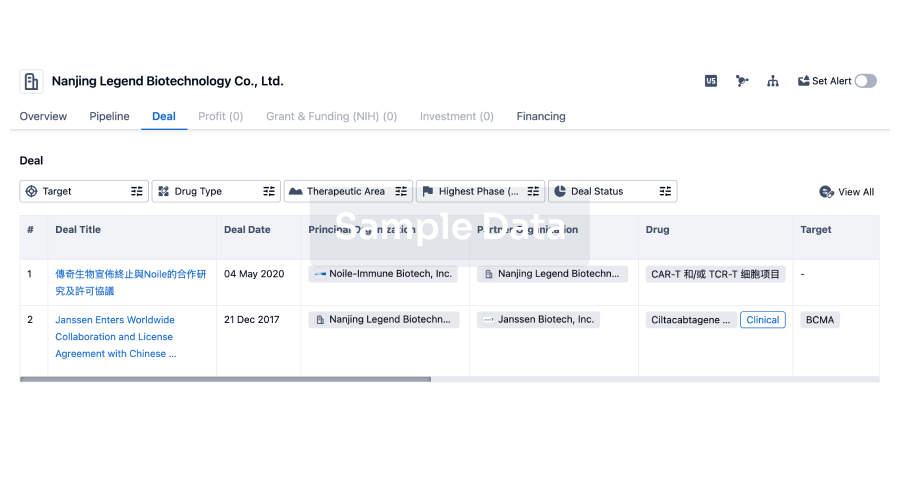
Translational Medicine
Boost your research with our translational medicine data.
login
or
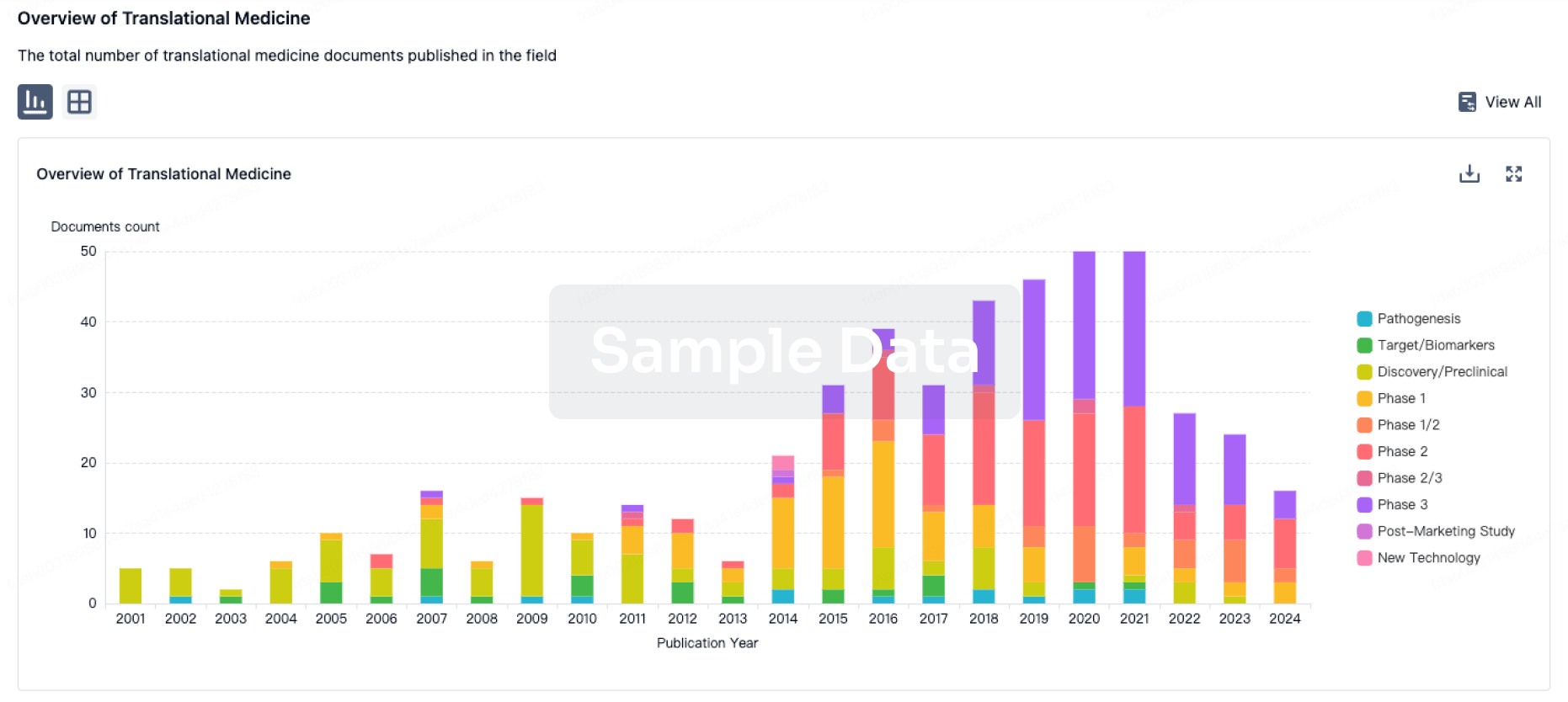
Profit
Explore the financial positions of over 360K organizations with Synapse.
login
or
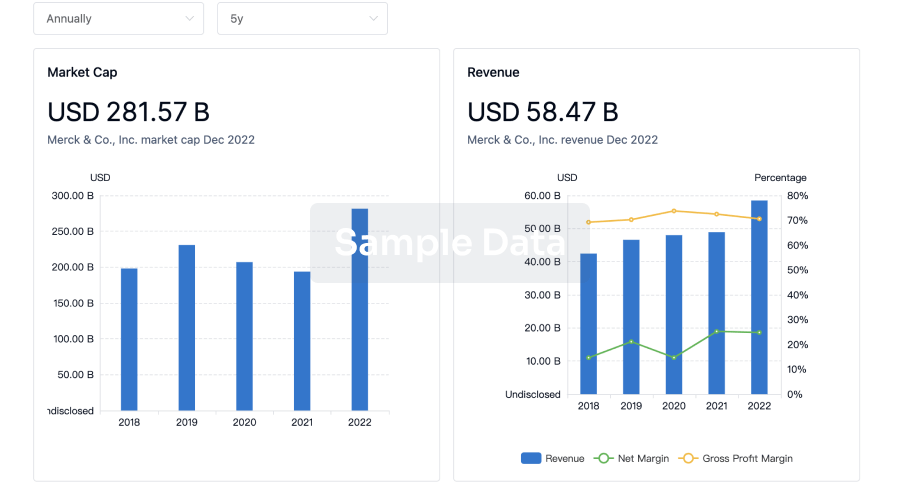
Grant & Funding(NIH)
Access more than 2 million grant and funding information to elevate your research journey.
login
or
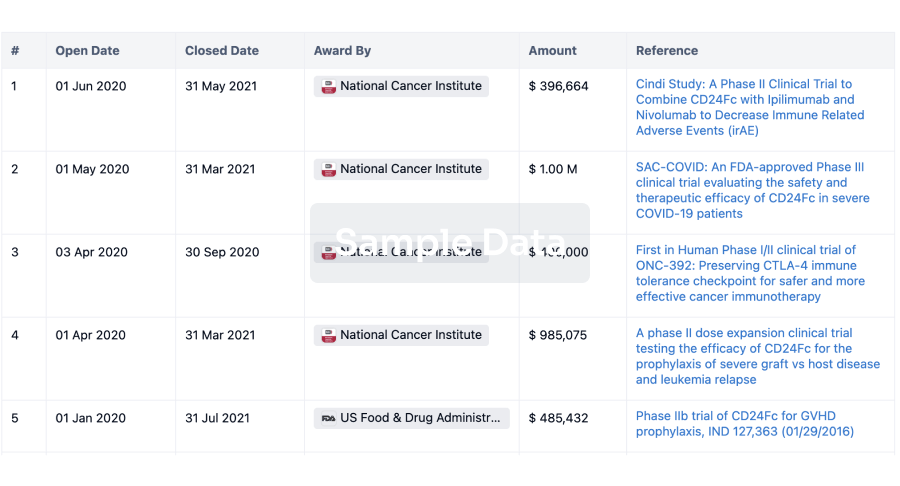
Investment
Gain insights on the latest company investments from start-ups to established corporations.
login
or
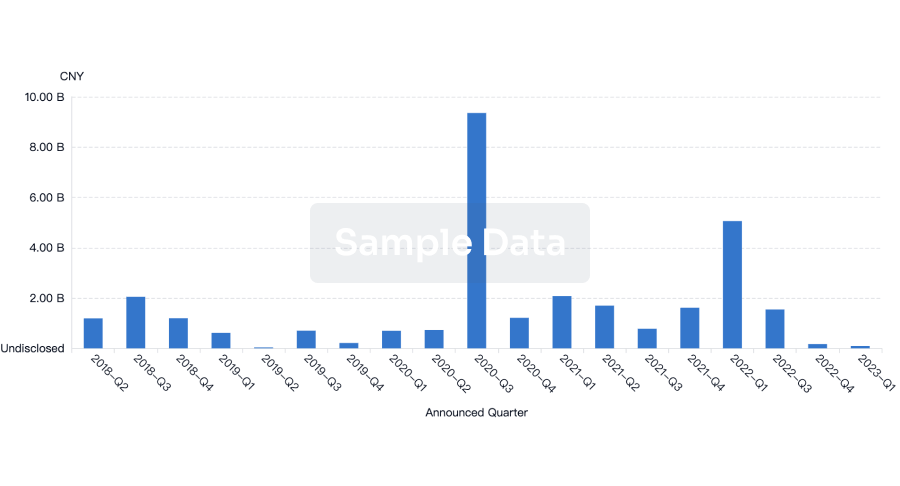
Financing
Unearth financing trends to validate and advance investment opportunities.
login
or
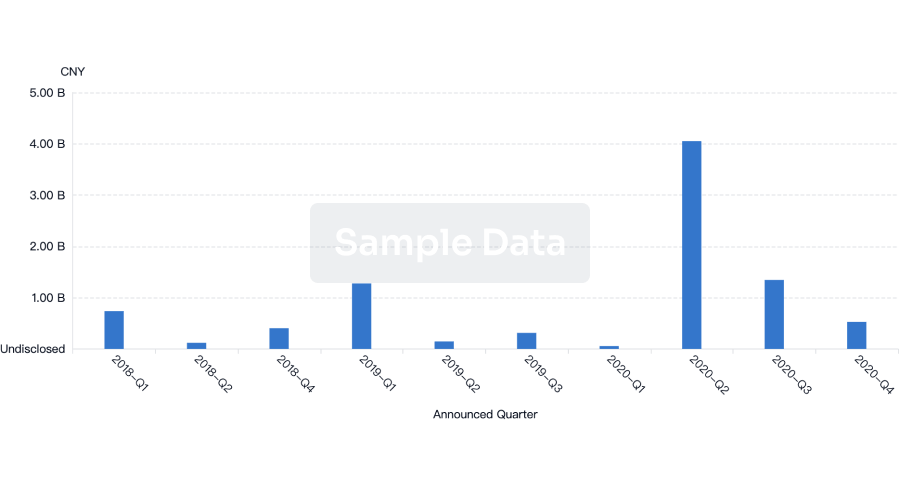
AI Agents Built for Biopharma Breakthroughs
Accelerate discovery. Empower decisions. Transform outcomes.
Get started for free today!
Accelerate Strategic R&D decision making with Synapse, PatSnap’s AI-powered Connected Innovation Intelligence Platform Built for Life Sciences Professionals.
Start your data trial now!
Synapse data is also accessible to external entities via APIs or data packages. Empower better decisions with the latest in pharmaceutical intelligence.
Bio
Bio Sequences Search & Analysis
Sign up for free
Chemical
Chemical Structures Search & Analysis
Sign up for free